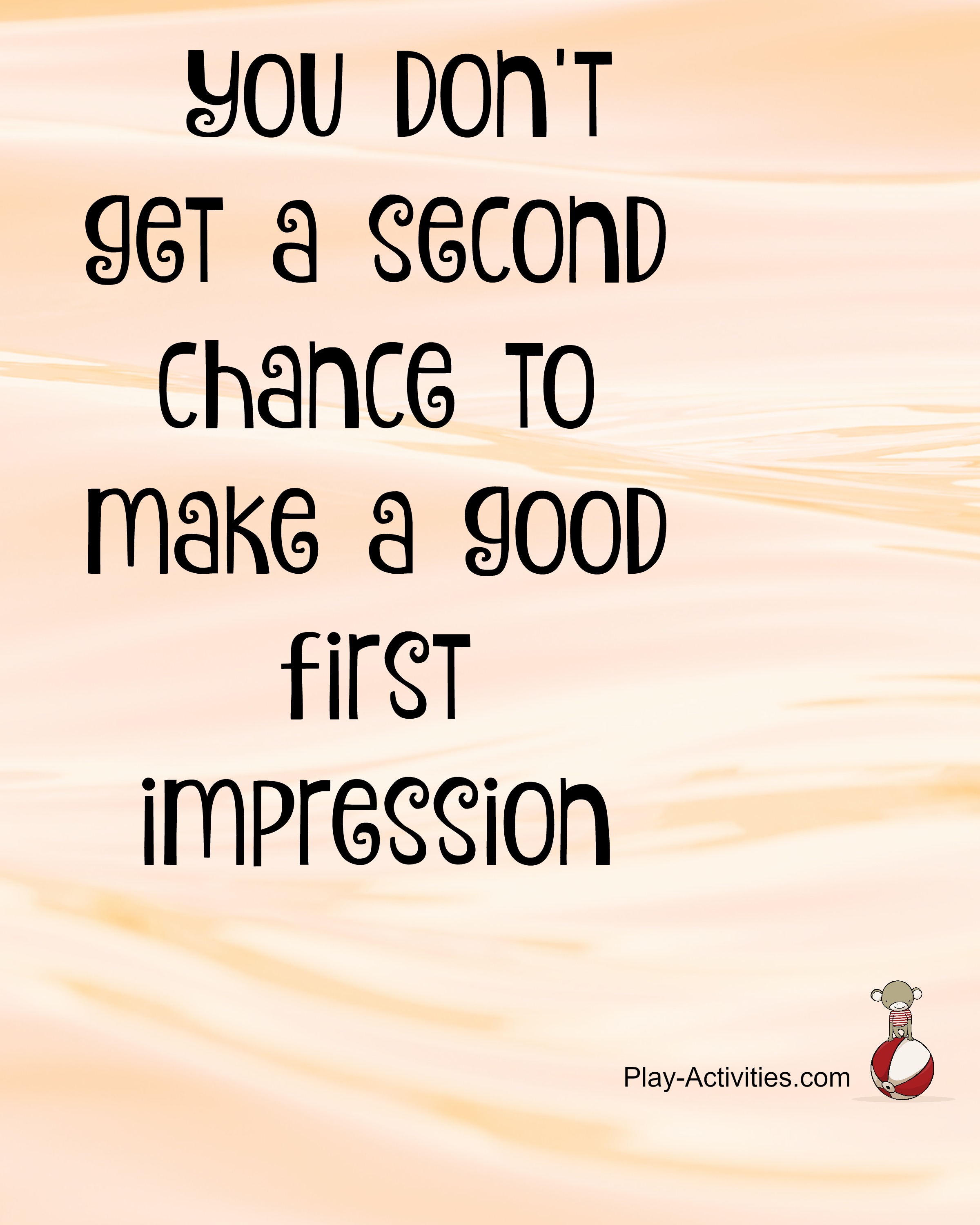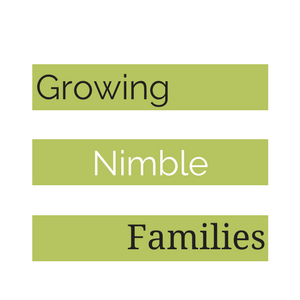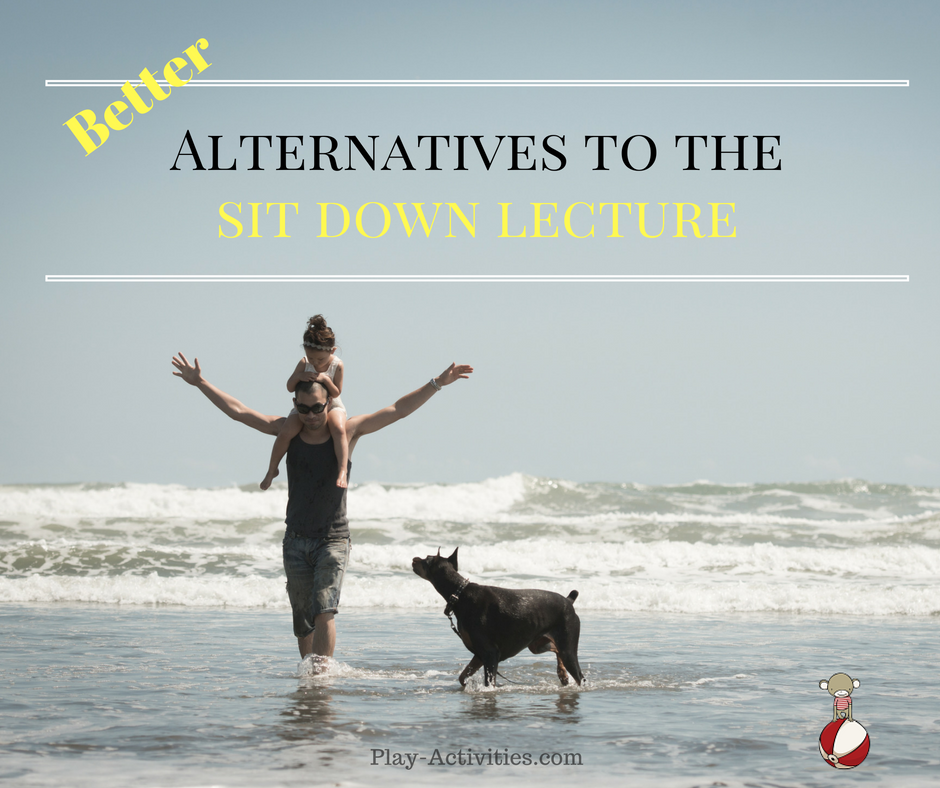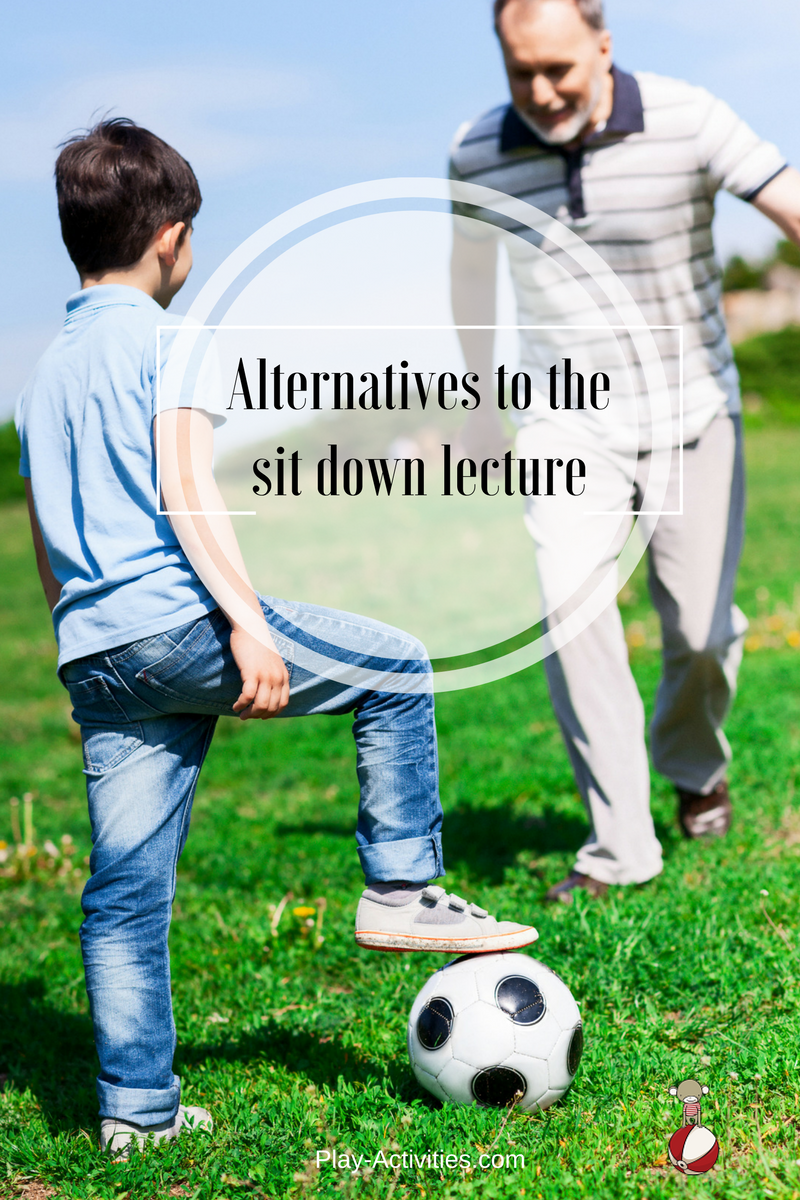The sit down lecture.
Nobody likes it.
Whether you’re called into a room, have a table between you or sitting side by side, it’s with a head hung low we all approach the sit down lecture. Well that’s how it was in our house.
I don’t know how we got into the rut of lecturing but I guess we have so much to say as parents it just flows right out of us! Ha! With some reading and distance from the situation I could see that what I was saying was just not working. In fact, less is more. Simple is better.
When we invoked the sit down lecture we wanted discussion and answers. The sit down lecture was the most ineffective way of getting discussion and answers as it encouraged lecturing from the parents and silence and zoning out from our children. It took a long time to see this because I guess we were in the moment.
If we want discussion then there has to be time to think, reason, gather thoughts and come out with a response. With parents staring, facing or sitting next to their children the pressure is paralyzing. They become more worried about saying the right thing and what is the right thing, will I get into trouble? What do they really mean? and before long they are spinning out disconnected, glazed and shutting down. You often can see it happening right in front of you if you favor the sit down lecture method.
Of course we mean well. We just are tackling it the wrong way.
When you have information to share, want information and conversation from your child there is a better way than the sit down lecture. Their first thought when we call them is, what have I done now? We confirm how serious it is by how many adults are present? If we bring paper or objects, it’s like we’re lining up against them and we’re actually all on the same side.
Over time we suggest three alternatives to the sit down lecture that remove the hostility, get conversation and reduce the amount of shutting down.
Go for a walk
The movement changes the whole dynamic. We were meant to move. We often don’t move enough. Most children appreciate the movement so they fidget less and we stop being distracted by their movement and get derailed with discipline because of both our actions.
There’s a lack of eye contact which reduces the pressure to respond immediately and gives time to compose and speak. Some of us have an angry resting face or look like we’re always asking a question or seem annoyed by the tone in our voice. These are confusing signs we often don’t even realise we do and if our children just listened to the words we said the misunderstandings would be better.
The very same with our children. I have a son who smirks. It’s like a tick. It happens quickly and involuntary. I get derailed by this smirk. If we’re side by side walking I don’t see it. I react to his words. He’s working on the smirk and what it represents as I’m working on things too.
In nature/ on the beach
There’s something soothing and calming about the sounds of being outside in nature. If you’re by a reservoir, country park, beach, village lane, hedgerow save the opportunity for those valuable discussions for when you can hear those ambient sounds. It’s harder to be angry and frustrated. There’s something about being outside that cools us off and opens us up to conversation.
The walk can take you in your neighbourhood but the nature walk helps with the listening. There are less distractions of sound. More of the senses are involved with touch and smell. There are more things to fidget with as children try to figure out their ideas it’s easy to toss a stone, grab a twig, scrunch some leaves, cradle a shell, build a sandcastle or a stone tower.
Play a game together
By the time we get to the sit down lecture, either we are frustrated or both of us are frustrated. We have something to share and we should be listening to hear what our children have to say. Unfortunately in the heat of the moment this isn’t always the case. You too?
If we’re not by a lake to skim stones and don’t have a wood pile to move, the next things are some heavy work get rid of this pent up energy and get to the conversation. Games like basketball, any of the catching games, football, freezbe allow both parties to get the frustration out safely and turn the energy into good.
As the mood and tone changes there’s opportunity as the parent to encourage their accomplishments and see some improvements. There are so many unspoken rules in families it is no wonder children fall foul of them often. These games though have clear rules and they are less likely to feel they are doing everything wrong.
There are alternatives to the sit down lecture. Any of these three things need not take a lot of time. I’m reminded of the quote.  Show the children how to share by reducing the stress, slowing down and giving them and you time to carefully navigate this tense field. We’re all learning. The ways we get our point across matters in our families, in our relationships, in our schools and in our work.
Show the children how to share by reducing the stress, slowing down and giving them and you time to carefully navigate this tense field. We’re all learning. The ways we get our point across matters in our families, in our relationships, in our schools and in our work.
We’re discussing a TED talk about slowing down in our Facebook Group so we have opportunities to connect with our children. Look for the posts on TEDx Talks Uncovered. When you’re not so hurried theirs always time.













